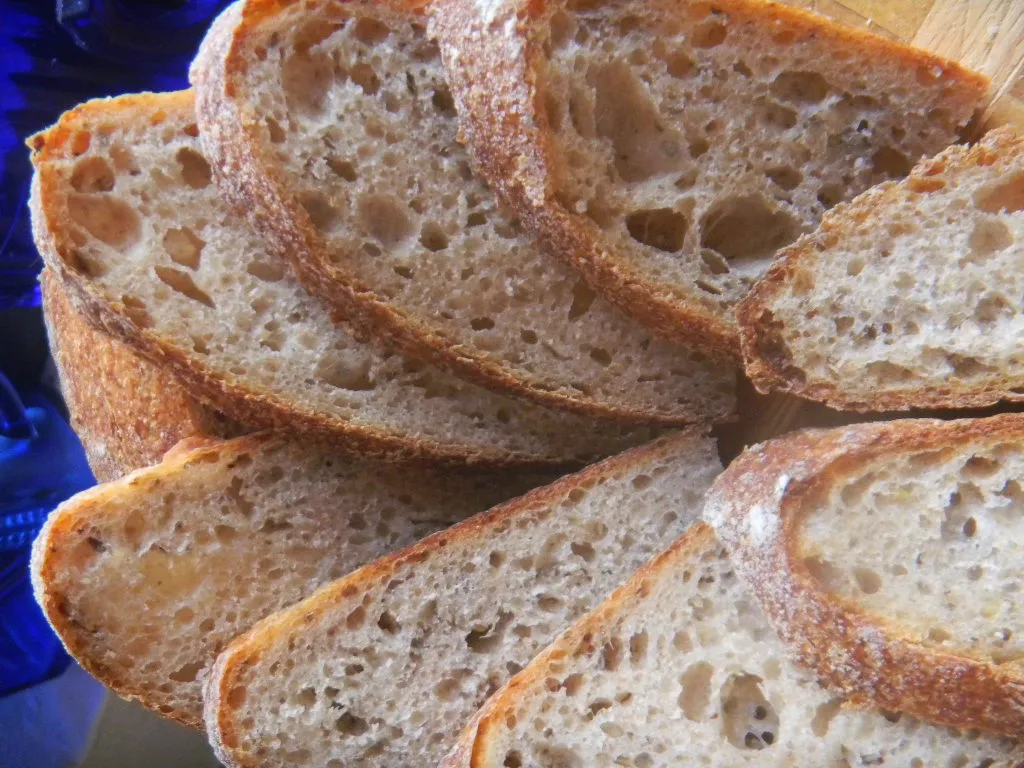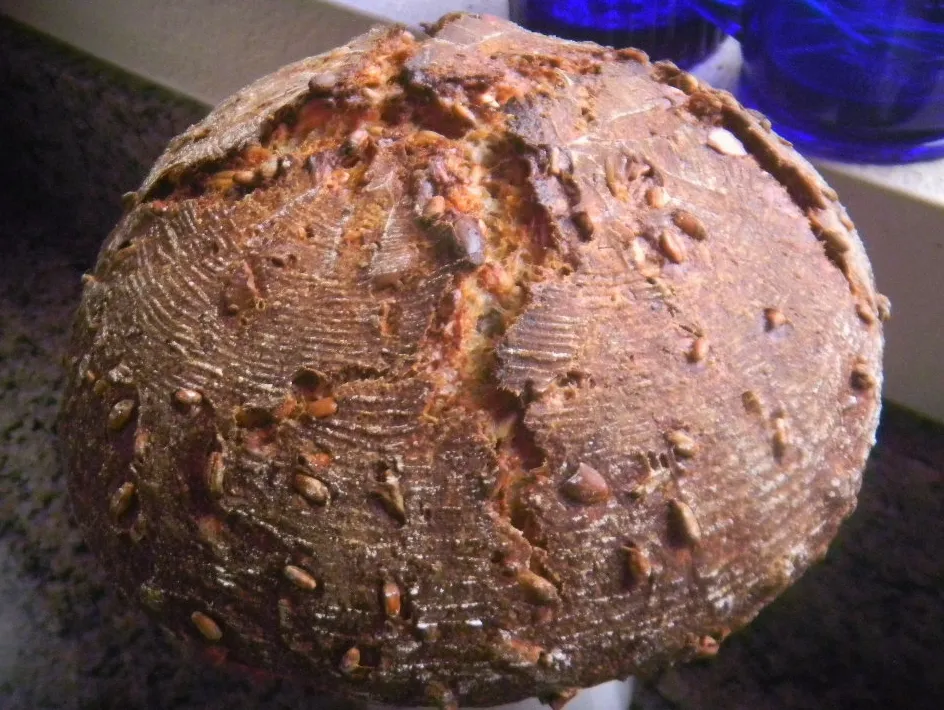Second loaf a couple days later

Once I got my feet wet, like many, I was no longer scared of yeast! lol
So I made a loaf my wife had requested. A walnut scallion bread. I could not find a recipe for this online so I just winged it. It needs more scallions! But the walnuts are coming through great! Anyways, pretty good for my second loaf ever. :D
I used this as the method.
If anyone has advice, feel free to let me know any mistakes. I´m here to learn! Just play nice eh?
- Log in or register to post comments
- 5 comments
- View post
- Cory_v's Blog










